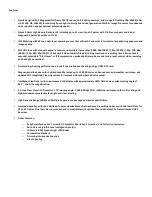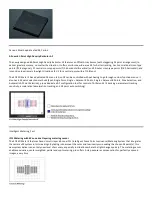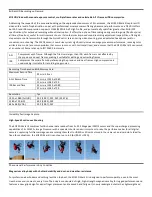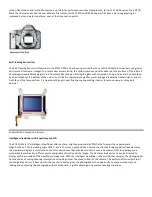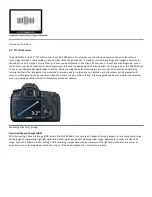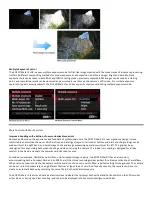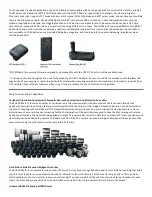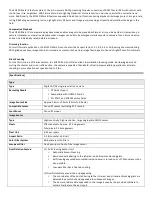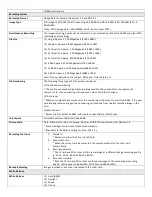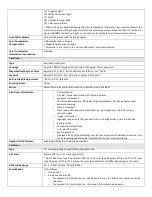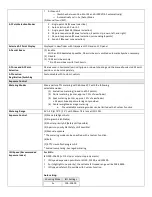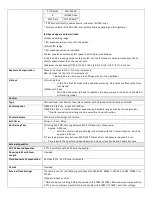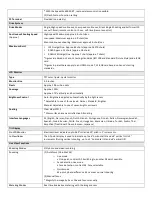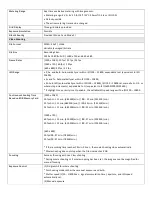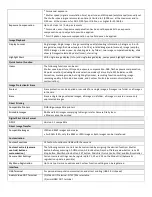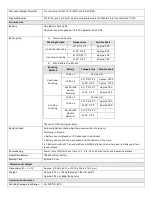
The EOS 5D Mark III features state of the art in-‐camera RAW processing for quick conversion of RAW files to JPEG with control with
control over size, brightness, WB, Picture Style, Auto Lighting Optimizer, Noise reduction, color space, distortion correction and
more. Additionally, the EOS 5D Mark III features expanded Quick Control functions during playback like image protect, image rotate,
rating, RAW image processing, resize, highlight alert, AF point and image jump, meaning a streamlined workflow can begin in the
field.
Comparative Playback
The EOS 5D Mark III’s comparative playback mode enables images to be played back two at a time, side by side. A tremendous, in-‐
camera timesaver, comparative playback means images can quickly be enlarged simultaneously to compare focus, blur and noise,
and can be individually rated, deleted or locked.
Trimming function
For multi-‐format applications, the EOS 5D Mark III can shoot with an aspect ratio of 1:1, 3:2, 4:3 or 16:9 during live view shooting.
With gridded overlays, images can be trimmed in-‐camera with the actual image file cropped in Canon’s Digital Photo Pro software.
Silent Shooting
For the first time in a 5D-‐Series camera, the EOS 5D Mark III offers a silent, low vibration shooting mode. By slowing down and
muting the shutter and mirror reflex action, the camera is capable of handheld, virtually imperceptible operation for discrete
shooting in more situations at speeds of up to 3 fps.
[Specifications]
Type
Type
Digital, AF/AE single-‐lens reflex, camera
Recording Media
•
CF Cards (Type I)
•
Compatible with UDMA CF cards
•
SD, SDHC, and SDXC Memory Cards
Image Sensor Size
Approx. 36 mm x 24mm (35mm Full-‐frame)
Compatible Lenses
Canon EF Lenses (excluding EF-‐S Lenses)
Lens Mount
Canon EF mount
Image Sensor
Type
High-‐sensitivity, high-‐resolution, large single-‐plate CMOS sensor
Pixels
Effective pixels: Approx. 22.3 megapixels
Total pixels: 23.4 megapixels
Pixel Unit
6.25 μm square
Aspect Ratio
3:2 (Horizontal: Vertical)
Color Filter System
RGB primary color filters
Low-‐pass Filter
Fixed position in front of the image sensor
Dust Deletion Feature
(1)
Self Cleaning Sensor Unit
•
Automatic Sensor Cleaning
•
Removes dust adhering to the infrared-‐ and ultraviolet-‐blocking glass.
•
Self-‐cleaning executed automatically when power is turned on or off. Manual execution
also possible.
•
Low-‐pass filter has a fluorine coating.
(2) Dust Delete Data acquisition and appending
•
The coordinates of the dust adhering to the infrared-‐ and ultraviolet-‐blocking glass are
detected by a test shot and appended to subsequent images.
•
The dust coordinate data appended to the image is used by the provided software to
automatically erase the dust spots.


